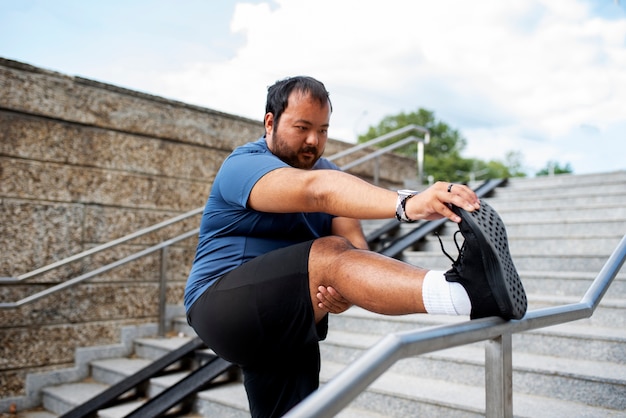Living with diabetes doesn’t mean giving up on fitness. In fact, regular physical activity is one of the most effective tools for managing blood sugar levels, improving insulin sensitivity, and boosting overall health. For many, high-intensity workouts can feel intimidating or even risky—especially if you're managing joint pain, neuropathy, or other diabetes-related concerns. That’s where low-impact cardio comes in.
The best part? You don’t need hours at the gym. Just 10 minutes a day of intentional, joint-friendly movement can make a meaningful difference. This guide walks you through how to start safely, set realistic weekly goals, and even incorporate strength training—all tailored for people with diabetes.
Low-impact cardio refers to aerobic exercises where at least one foot stays on the ground at all times, reducing stress on joints. Unlike high-impact activities like running or jumping, low-impact options are gentler on knees, hips, and ankles—making them ideal for people with diabetes who may face joint issues or reduced mobility.
Popular low-impact cardio exercises include:

Research shows that short, consistent bursts of activity can be just as beneficial as longer workouts—especially when it comes to blood glucose control. The American Diabetes Association recommends at least 150 minutes of moderate-intensity aerobic activity per week. Breaking that into 10-minute sessions, five to seven days a week, makes it far more manageable.
Even brief activity after meals can help lower post-meal blood sugar spikes. A 10-minute walk after breakfast, lunch, or dinner is a simple, effective habit to adopt.
Here’s a sample beginner-friendly routine you can do at home with no equipment:
Repeat this daily, gradually increasing intensity or duration as you build stamina. You can also use a stationary bike, elliptical, or follow a 10-minute online video tailored to low-impact fitness.
Consistency is key. Use these weekly goals to build a sustainable habit:
Track your progress in a journal or app. Note how you feel, any changes in energy, and—importantly—your blood sugar trends before and after activity.
Strength training is a powerful ally for people with diabetes. It builds muscle, which helps your body use glucose more efficiently. You don’t need heavy weights—bodyweight exercises or light dumbbells work well.
Try adding 2–3 strength sessions per week on non-consecutive days. Include exercises like:

While exercise is beneficial, it’s important to take precautions:
Always consult your healthcare provider before starting a new exercise program, especially if you have complications like retinopathy, heart disease, or neuropathy.
Starting a fitness routine with diabetes doesn’t have to be overwhelming. Ten minutes a day of low-impact cardio—combined with light strength training—can significantly improve your health, energy, and blood sugar control. The key is consistency, safety, and listening to your body.
Begin today. Your future self will thank you.

Health

Health

Health

Health

Fitness

Health

Fitness

Wellness

Fitness

Health

Fitness

Health

Health

Fitness

Health

Health